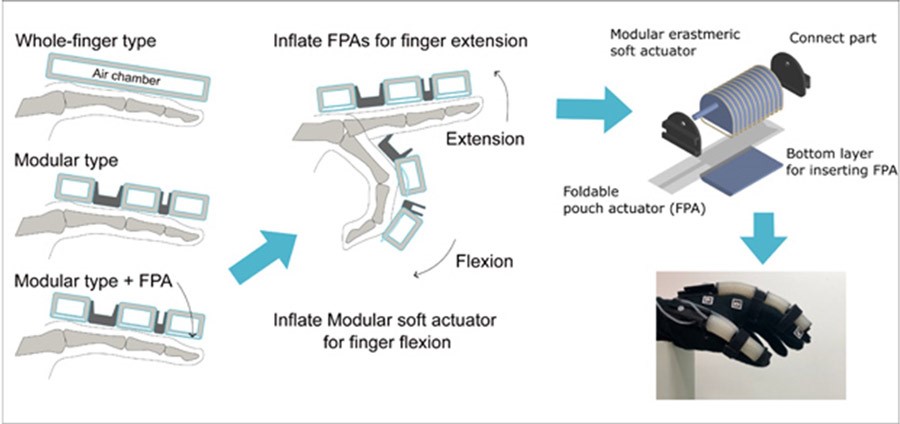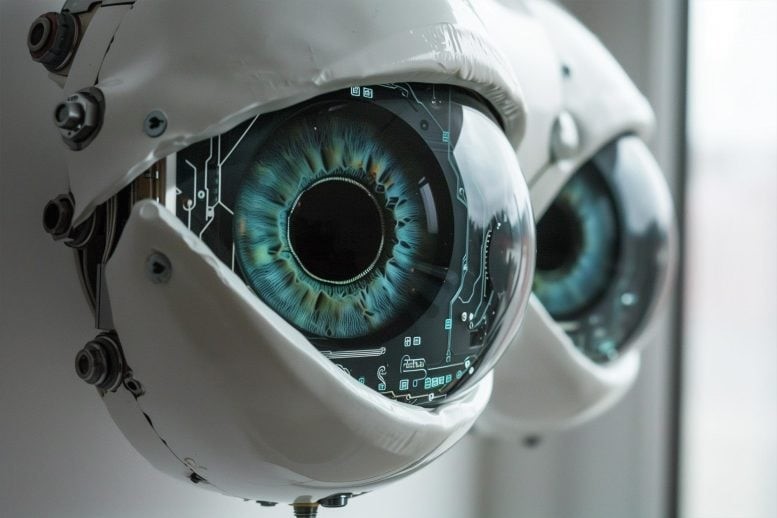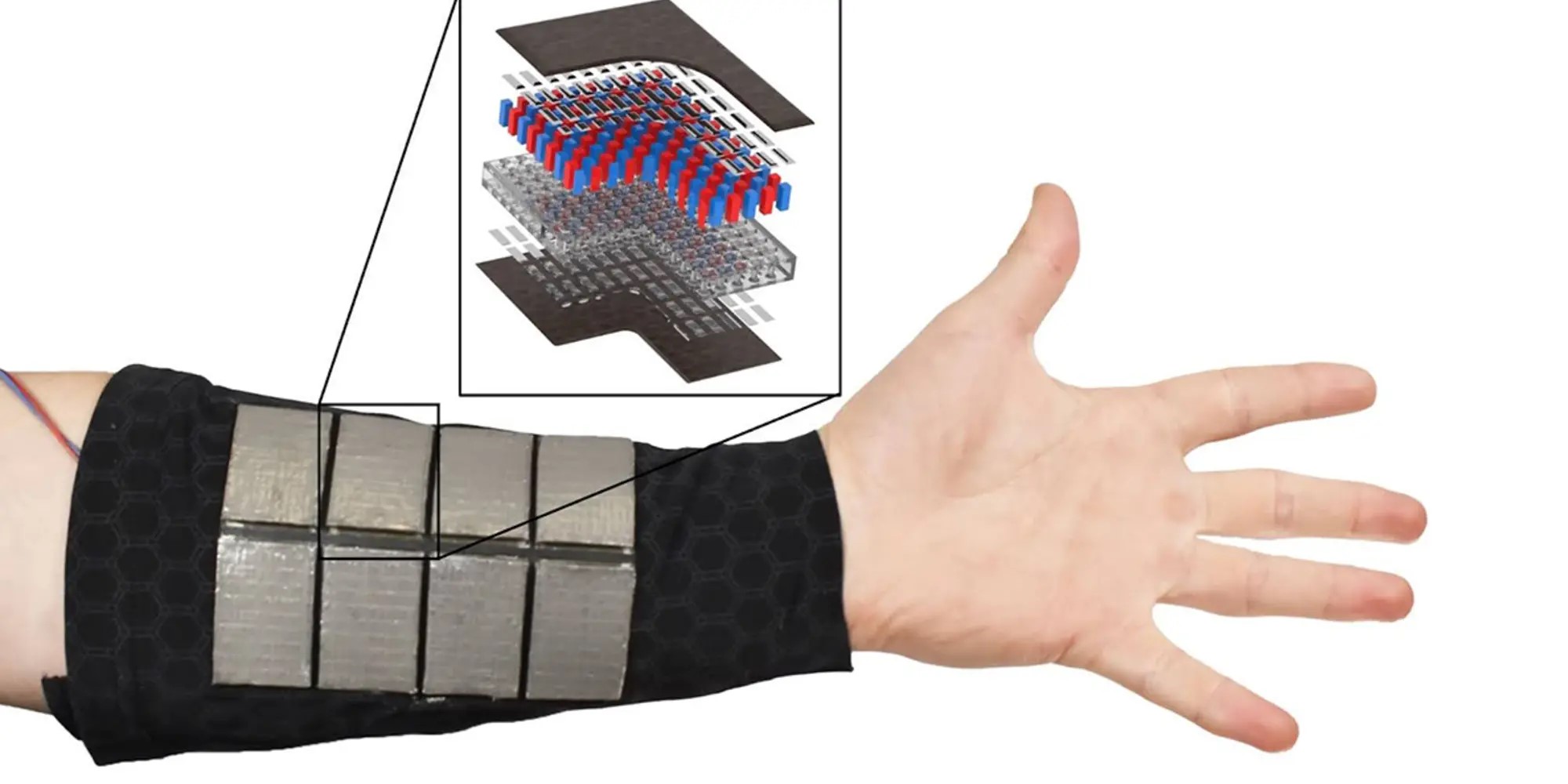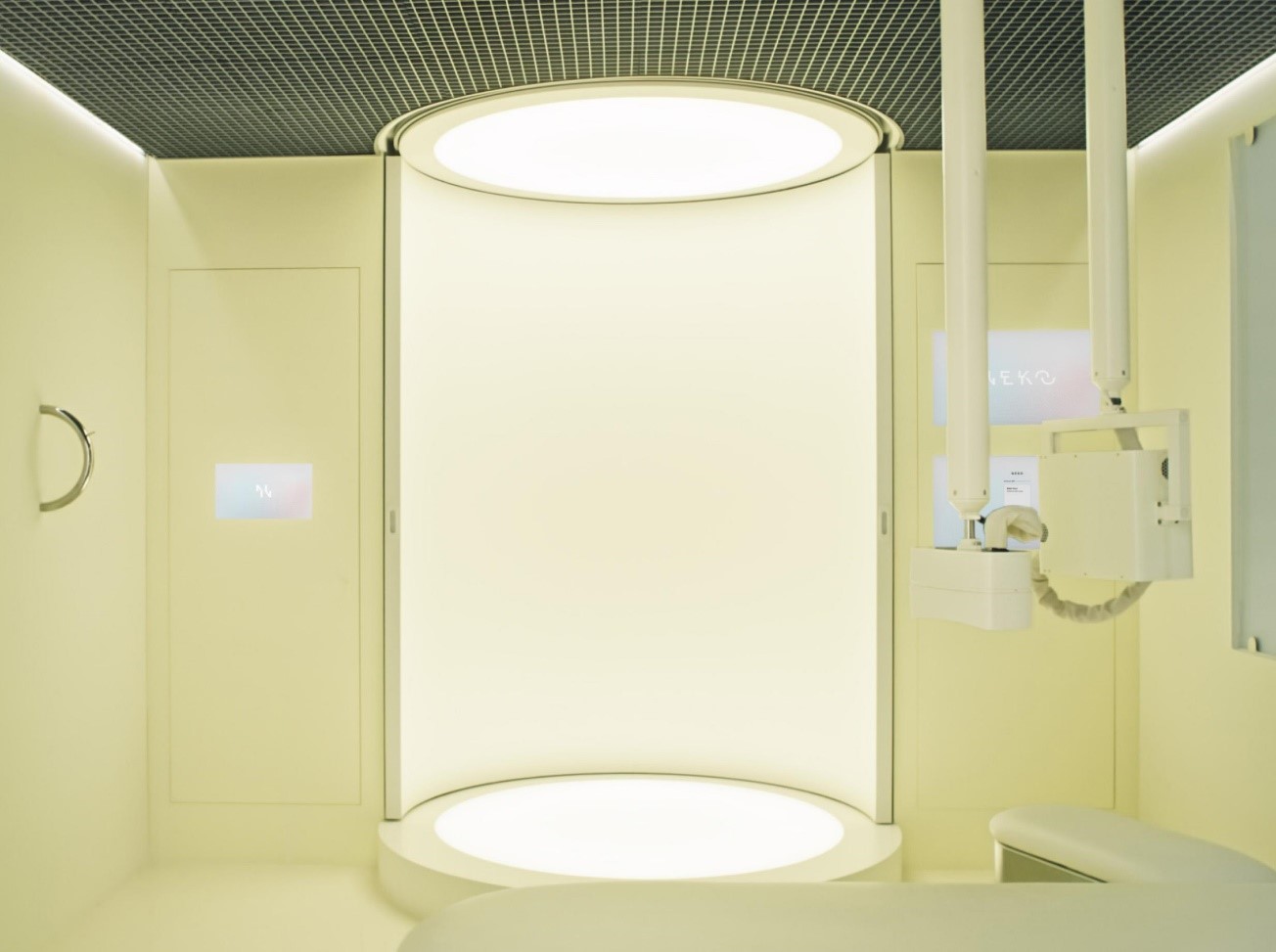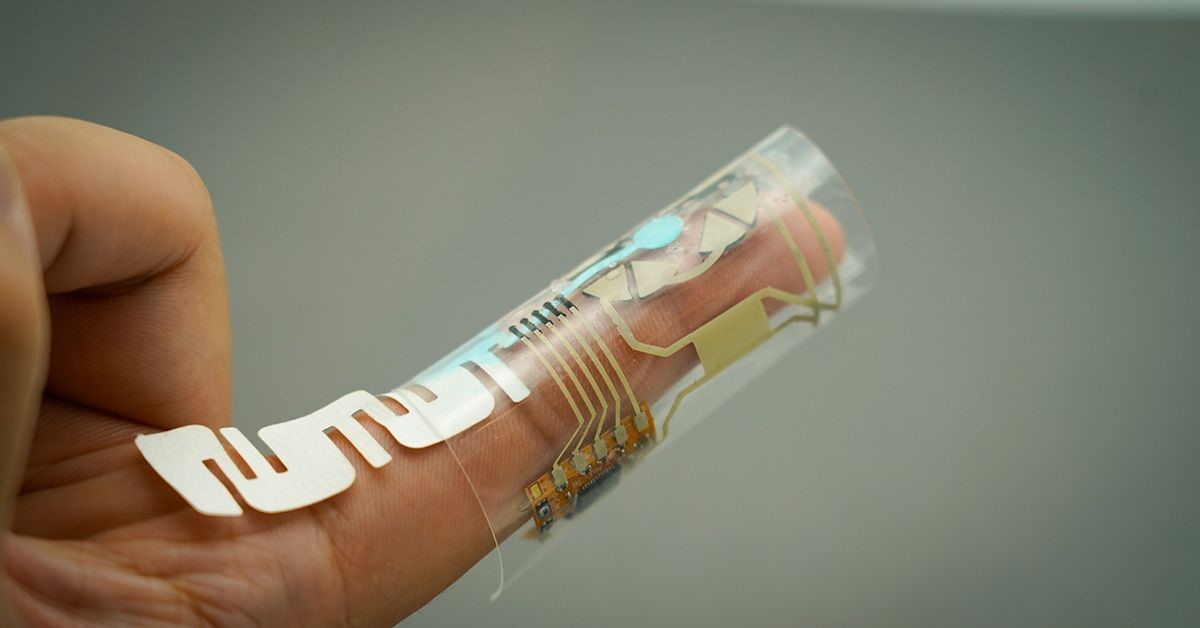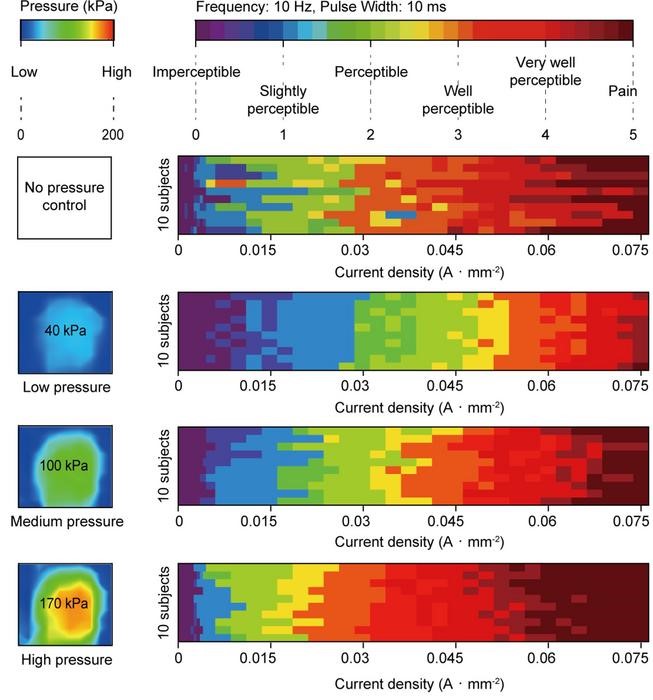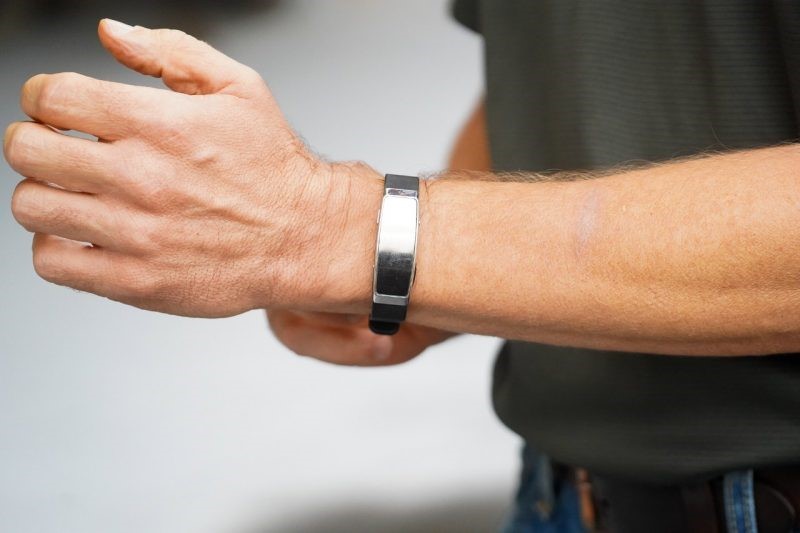Revolutionizing Ear Health: USC's Portable OCT Otoscope Unveils Hidden Ear Pathologies
In the field of ear health, precise diagnosis is essential for effective treatment, particularly when dealing with conditions that can lead to hearing loss. Traditionally, otolaryngologists have depended on the otoscope, a device that provides a limited view of the eardrum’s surface. While helpful, this conventional tool has its drawbacks, especially when the tympanic membrane (TM) is obscured by disease.
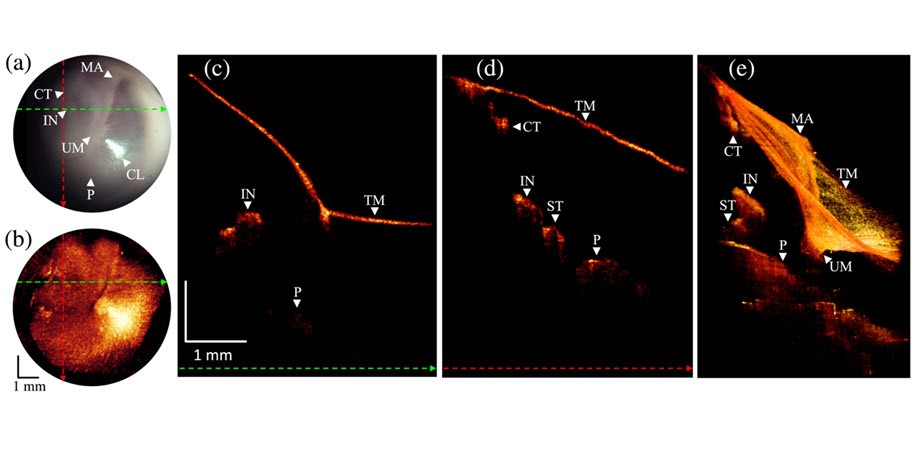
Figure 1. The new imaging device.
Introducing a groundbreaking innovation from the University of Southern California's Caruso Department of Otolaryngology: a portable OCT otoscope that merges optical coherence tomography (OCT) with the traditional otoscope, enhancing diagnostic capabilities in hearing clinics. As reported in Journal of Biomedical Optics (JBO) [1], this integrated device enables clinicians to gain detailed views of both the surface and deeper structures of the eardrum and middle ear, offering a more comprehensive assessment of ear health and improving diagnostic accuracy. Figure 1 shows the new imaging device.
Traditional otoscopes only allow for a superficial examination of the TM, often missing deeper pathologies. In contrast, the OCT otoscope blends the familiar otoscopic view with high-resolution imaging of the inner structures of the TM and middle ear (ME), delivering a clearer and more thorough view, which can aid in diagnosing conditions previously undetected.
This cutting-edge device features a 7.4 mm field of view, along with remarkable lateral and axial resolutions of 38 micrometers and 33.4 micrometers, respectively. It also incorporates advanced algorithms to enhance image clarity and correct distortions, ensuring precise and reliable results.
During a clinical study at USC Keck Hospital, researchers tested the OCT otoscope on over 100 patients. The tests highlighted the device’s ability to reveal pathological features that were previously invisible using standard otoscopy. The JBO article highlights several clinical applications, including monitoring myringitis, tympanic membrane perforation healing, retraction pockets, and subsurface scarring/air pockets. The new imaging system identified several critical conditions that were not apparent through traditional methods, offering valuable insights for more effective management and treatment of ear diseases.
The OCT otoscope's design allows for seamless integration into existing clinical workflows, with an intuitive interface controlled by a foot pedal for image acquisition. This user-friendly approach ensures that the device can be easily adopted by clinicians, providing them with a powerful new tool for diagnosing and managing TM and ME disorders.
In summary, this advancement represents a significant leap forward in otolaryngology, enhancing the precision of ear examinations and potentially leading to better outcomes for patients suffering from hearing loss due to ear pathologies. As this technology becomes more accessible, it promises to revolutionize the assessment and treatment of ear health, offering hope for more accurate diagnoses and improved patient care.
Source: SPIE--International Society for Optics and Photonics
References:
- https://www.eurekalert.org/news-releases/1055537
Cite this article:
Hana M (2024), Revolutionizing Ear Health: USC's Portable OCT Otoscope Unveils Hidden Ear Pathologies, AnaTechMaz, pp. 279



